Growth of Aesthetic Dentistry
The dental bone-graft-substitutes market is significantly impacted by the growth of aesthetic dentistry in South Korea. As societal standards for appearance evolve, more individuals are seeking cosmetic dental procedures, including implants that often require bone grafting. The aesthetic appeal of dental restorations has become a priority for many patients, leading to an increase in procedures that utilize bone-graft substitutes. The market for aesthetic dentistry is projected to expand, with a notable increase in demand for high-quality grafting materials. This trend suggests that the dental bone-graft-substitutes market will continue to thrive as practitioners cater to the growing desire for aesthetically pleasing dental solutions.
Increasing Geriatric Population
The dental bone-graft-substitutes market experiences growth due to the increasing geriatric population in South Korea. As individuals age, they often face dental issues such as tooth loss and bone resorption, necessitating the use of bone graft substitutes for effective dental restoration. According to recent statistics, the population aged 65 and older is projected to reach approximately 20% by 2025. This demographic shift indicates a rising demand for dental procedures, thereby driving the need for innovative bone-graft solutions. The dental bone-graft-substitutes market is likely to benefit from this trend, as older adults seek to maintain their oral health and aesthetics, leading to an increase in dental implant procedures that require grafting materials.
Rising Awareness of Oral Health
The dental bone-graft-substitutes market benefits from the rising awareness of oral health among the South Korean population. Educational campaigns and increased access to dental care have led to a more informed public regarding the importance of maintaining oral hygiene and addressing dental issues promptly. As individuals become more proactive about their dental health, the demand for restorative procedures, including those involving bone graft substitutes, is likely to rise. The dental bone-graft-substitutes market is expected to see a corresponding increase in sales as patients seek solutions for bone loss and other dental complications, thereby enhancing their overall quality of life.
Government Initiatives and Support
Government initiatives aimed at improving healthcare access and quality in South Korea play a crucial role in the dental bone-graft-substitutes market. Policies promoting dental health and subsidizing dental procedures can lead to increased patient visits and procedures requiring bone grafting. For instance, the South Korean government has implemented various programs to enhance dental care accessibility, which may result in a higher demand for dental implants and, consequently, bone graft substitutes. The dental bone-graft-substitutes market is likely to benefit from these supportive measures, as they encourage more individuals to seek necessary dental treatments.
Advancements in Dental Implant Technology
The dental bone-graft-substitutes market is positively influenced by advancements in dental implant technology. Innovations in implant design and materials have enhanced the success rates of dental procedures, leading to a greater acceptance of implants among patients. As of 2025, the market for dental implants in South Korea is expected to grow significantly, with a compound annual growth rate (CAGR) of around 8%. This growth is likely to drive the demand for bone graft substitutes, as they are essential for ensuring the stability and integration of implants. The dental bone-graft-substitutes market stands to gain from these technological improvements, as practitioners increasingly rely on grafting materials to optimize patient outcomes.


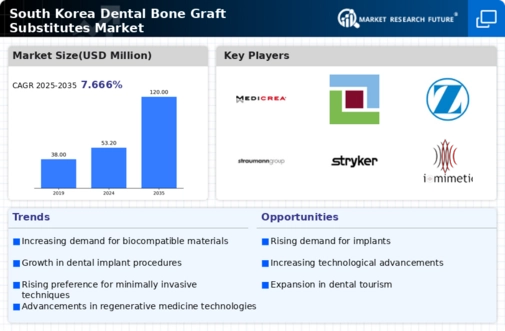
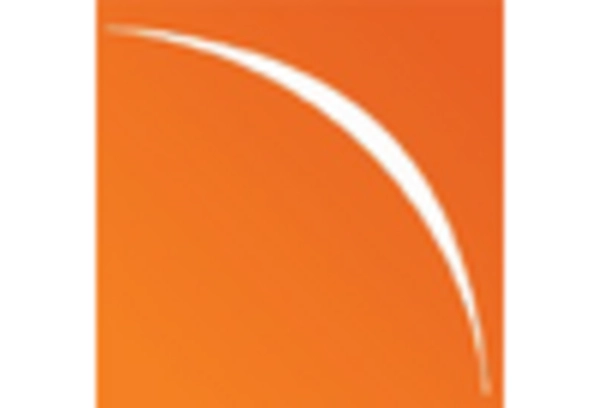
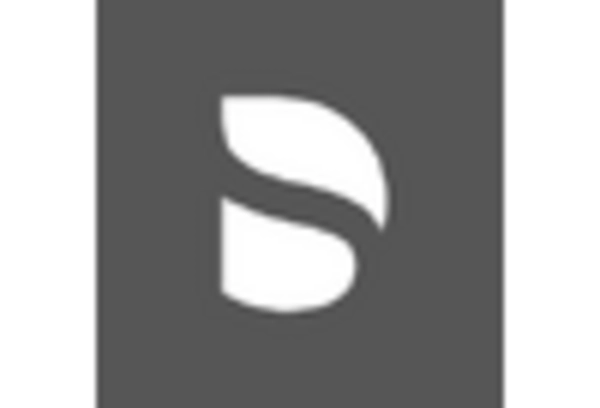
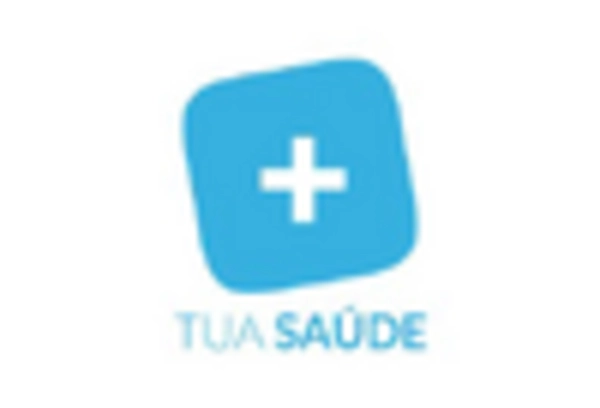
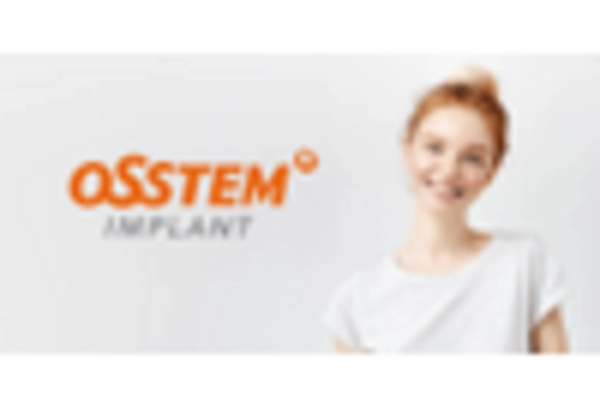
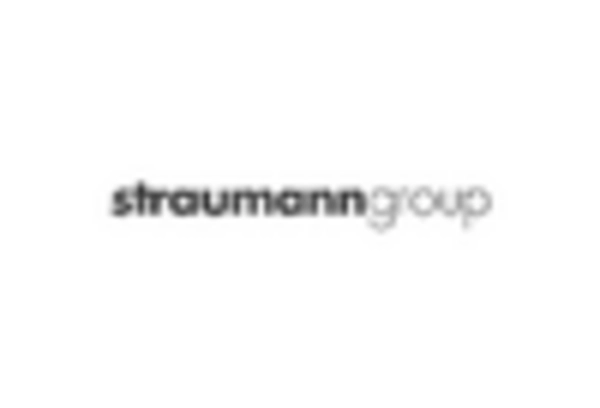









Leave a Comment